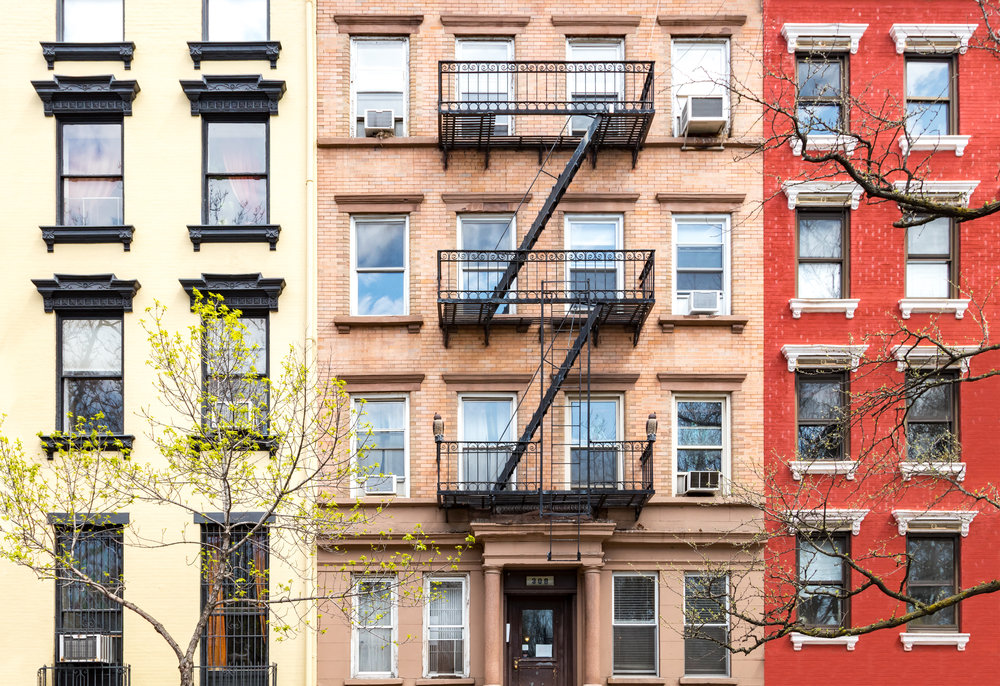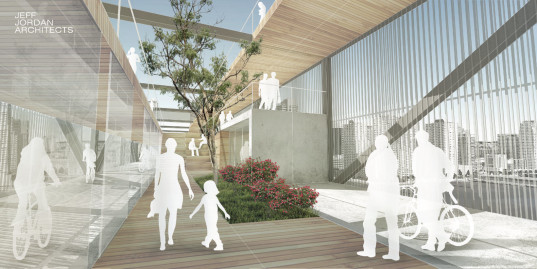Yardi Matrix
Looks at NY Rent Control
Affordable housing advocates hail New York state’s Housing Stability and Tenant Protection Act of 2019 as a life raft for renters in more than 1 million apartments in New York City alone. Other observers, however, regard it as a minefield that will eliminate incentives for building upkeep, remove housing stock from the market, and drive […]


